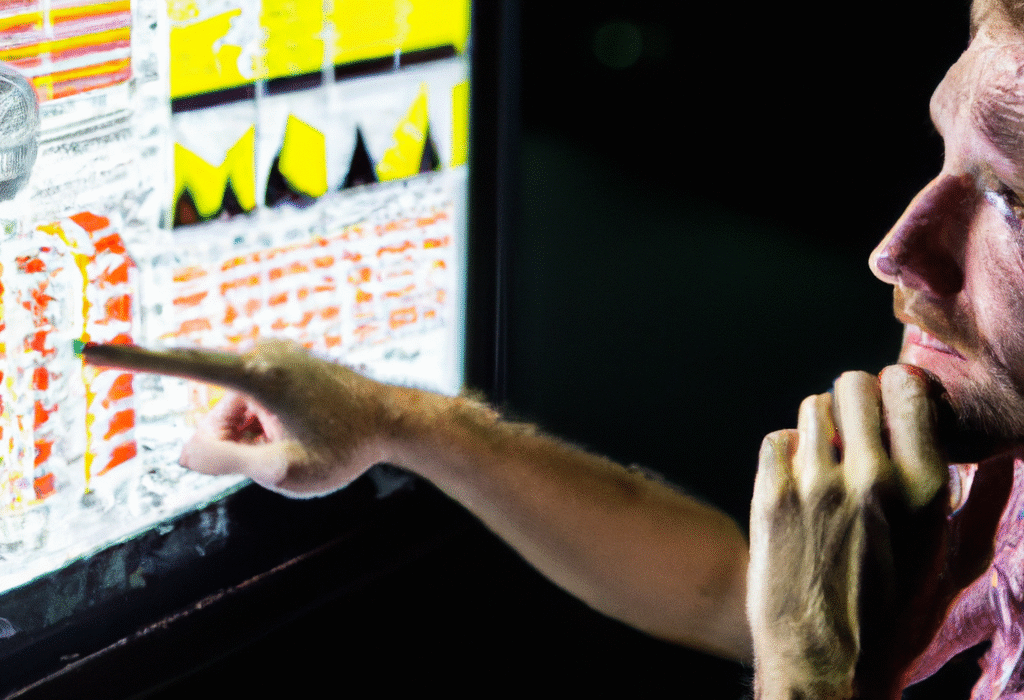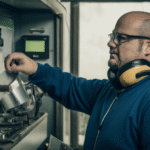Importance of Industry Standards in Asset Management
In the fast-paced world of asset management, adhering to industry standards is more than just a recommendation—it’s a necessity. Organizations rely on these standards to streamline operations, minimize risks, and ensure compliance with regulations. By following established best practices, companies can significantly improve their asset management processes and maximize the lifespan of their high-value assets. For example, a study by the International Organization for Standardization (ISO) found that organizations that implement industry standards experience a 20% increase in operational efficiency.
When it comes to dealing with legacy assets, having a robust asset management strategy in place is crucial. This strategy should encompass not only the inventory of all parts and components but also detailed maintenance schedules and a solid plan for sourcing replacement parts. Proactive asset management enables organizations to stay ahead of potential issues and avoid costly breakdowns that can disrupt operations and negatively impact the bottom line. By leveraging industry standards and implementing a comprehensive asset management strategy, organizations can optimize asset performance, reduce downtime, and ultimately drive long-term success.
Strategies for Locating Aftermarket Parts
Locating aftermarket parts can be a daunting task for organizations tasked with maintaining and repairing high-value assets, especially those with legacy systems or equipment. The Technology Brief provided by the National Center for Manufacturing Sciences (NCMS) offers valuable insights into tackling this challenge effectively. One key consideration emphasized in the report is the importance of quality standards; organizations must ensure that the aftermarket parts they source meet stringent quality requirements to maintain the performance and reliability of their assets. This is crucial to avoid potential safety hazards and operational disruptions that could result from using substandard parts.
Furthermore, the Technology Brief underscores the significance of compatibility and reliability when searching for aftermarket parts. Ensuring that the components being sourced are compatible with the existing systems and meet the required specifications is essential for seamless integration and optimal performance. Reliability is another critical factor, as organizations need to be confident that the aftermarket parts will perform as expected and withstand the demands of their operational environments. By prioritizing these considerations alongside cost-effectiveness, organizations can successfully navigate the aftermarket parts landscape and support their maintenance, repair, and overhaul activities with confidence and efficiency. This strategic approach can help organizations maximize the lifespan and value of their high-value assets while minimizing downtime and operational risks.
Leveraging Additive Manufacturing for Replacement Parts
Additive manufacturing, also known as 3D printing, is revolutionizing the way organizations approach maintenance, repair, and overhaul (MRO) of high-value assets. When traditional aftermarket parts are not readily available, additive manufacturing offers a flexible and efficient alternative for producing replacement components. This cutting-edge technology allows organizations to create intricate and customized parts quickly, reducing lead times and minimizing waste. By partnering with a reputable additive manufacturing company, organizations can benefit from the expertise and resources needed to produce high-quality replacement parts for legacy assets.
One key factor to consider when leveraging additive manufacturing for replacement parts is the selection of a company with the right expertise and materials. The process of additive manufacturing requires a deep understanding of the technology and materials used, as well as the ability to optimize designs for efficiency and performance. Additionally, lead time and cost-effectiveness are important considerations when choosing a partner for producing replacement parts. By working with a skilled additive manufacturing company, organizations can ensure that they are able to efficiently produce and deliver replacement parts that meet the stringent requirements of maintaining high-value assets. With the potential to improve operational efficiency and reduce downtime, additive manufacturing is becoming an increasingly popular solution for organizations looking to streamline their MRO processes.
Recent NCMS Initiatives in Additive Manufacturing
NCMS’s recent initiatives in additive manufacturing are revolutionizing the MRO sector by incorporating cutting-edge technologies to address the unique challenges faced by organizations dealing with high-value assets. For instance, the adoption of blockchain for tracking technical data packages ensures greater transparency and security in the supply chain, reducing the risk of counterfeit parts and improving traceability. This not only streamlines the maintenance process but also enhances overall operational efficiency.
Liquid metal printers are another innovative solution being explored by NCMS to accelerate part manufacturing in MRO operations. The ability to quickly produce complex components using this technology significantly reduces lead times and minimizes downtime, ultimately enhancing asset availability and reliability. Additionally, the integration of 3D printing for parts obsolescence allows organizations to efficiently produce rare or discontinued components on-demand, eliminating the need for costly and time-consuming traditional manufacturing processes. These advancements in additive manufacturing showcase NCMS’s commitment to driving innovation in the MRO sector and equipping organizations with the tools needed to overcome complex challenges in asset maintenance and repair.
Conclusion
In conclusion, the NCMS Technology Brief on additive manufacturing for maintenance, repair, and overhaul (MRO) of high-value assets showcases the immense potential of leveraging AM technologies in the maintenance sector. By following industry standards and strategically incorporating aftermarket parts, organizations can effectively streamline their MRO processes and extend the lifespan of critical systems. Collaborating with reputable additive manufacturing companies not only ensures the quality and reliability of the parts produced but also promotes innovation and efficiency in the overall MRO operation.
NCMS’s pioneering initiatives in additive manufacturing underscore the significance of embracing cutting-edge solutions to address the evolving needs of maintenance and repair operations. With the transformative capabilities of AM technologies, organizations can proactively manage legacy assets, reduce downtime, and optimize performance. By staying updated on NCMS’s latest manufacturing and technology developments through their website and social media platforms, businesses can stay ahead of the curve and position themselves for success in their MRO endeavors. Embracing additive manufacturing not only offers cost-effective solutions but also opens up new possibilities for enhancing the overall operational efficiency and resilience of high-value assets.




